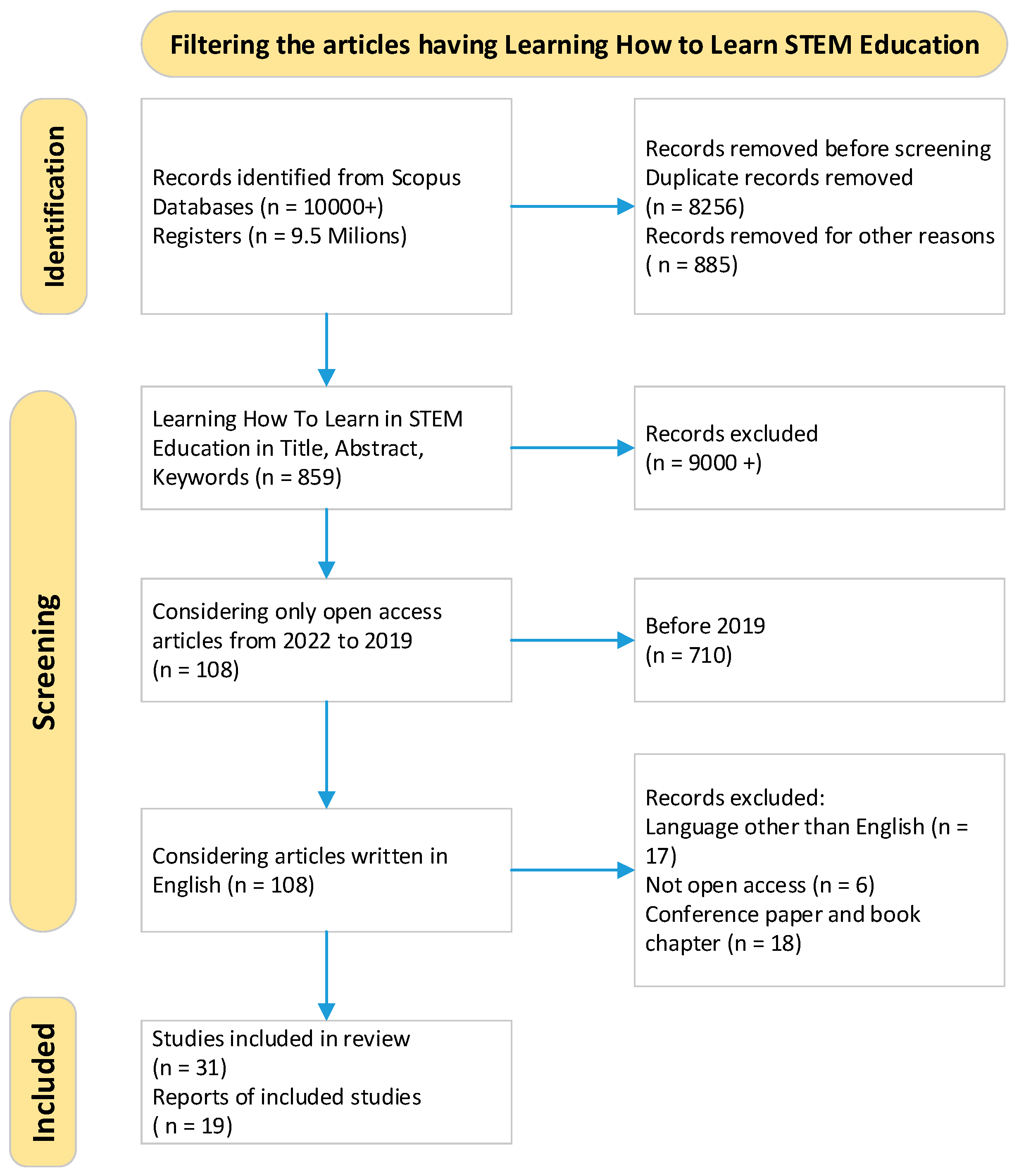STEAM Education: Nurturing Lifelong Learning Skills

STEAM Education: Nurturing Lifelong Learning Skills
In an era defined by constant change and innovation, the role of education extends beyond imparting knowledge for the moment. This article explores how STEAM (Science, Technology, Engineering, Arts, and Mathematics) education serves as a catalyst for nurturing lifelong learning skills, preparing individuals to adapt and thrive in a dynamic world.
The Everlasting Relevance of Lifelong Learning
Lifelong learning is not a mere educational philosophy; it is a necessity in a world where technology evolves rapidly, industries transform, and new challenges emerge continuously. STEAM education, with its holistic approach, aligns seamlessly with the principles of lifelong learning, fostering a mindset of curiosity and adaptability.
STEAM’s Foundation in Critical Thinking
- Continuous Inquiry: Lifelong learners possess a natural inclination towards continuous inquiry. STEAM education, emphasizing critical thinking, encourages students to question, analyze, and seek solutions. This foundational skill set forms the bedrock for a lifelong commitment to understanding the world.
- Problem-Solving Mindset: Lifelong learning involves a perpetual engagement with problem-solving. STEAM-educated individuals, with their exposure to real-world problem-solving scenarios, develop a mindset that views challenges not as obstacles but as opportunities for growth and learning.
Adapting to Change through Lifelong Learning
The ability to adapt to change is a hallmark of lifelong learners. In a world where technological advancements and societal shifts are constant, individuals need to embrace change rather than resist it. STEAM education, through its interdisciplinary nature, prepares students to navigate change with resilience and flexibility.
Interdisciplinary Learning: A Lifelong Approach
- Connected Knowledge: Lifelong learning is about connecting knowledge across disciplines. STEAM’s interdisciplinary approach mirrors the principles of lifelong learning, encouraging individuals to see the interconnectedness of subjects. This holistic perspective enables them to apply knowledge in diverse contexts.
- Broadening Perspectives: Lifelong learners seek to broaden their perspectives continually. STEAM education, with its integration of arts and sciences, opens avenues for individuals to explore diverse viewpoints and appreciate the interconnected nature of knowledge, fostering a more comprehensive understanding of the world.
Cultivating Creativity for Lifelong Exploration
- Creative Expression: Lifelong learning involves creative expression and exploration. The ‘A’ in STEAM, representing arts, brings creativity to the forefront. Individuals with a STEAM background are not only analytical thinkers but also creative problem solvers, engaging in a lifelong journey of imaginative exploration.
- Innovation Mindset: Lifelong learners contribute to innovation through their exploration of new ideas. STEAM education, with its emphasis on innovation and hands-on projects, instills an innovation mindset. This mindset transcends the classroom, guiding individuals in approaching challenges with curiosity and inventive thinking.
Technology as a Lifelong Learning Tool
- Digital Literacy: In the digital age, digital literacy is a fundamental component of lifelong learning. STEAM education, heavily influenced by technology, equips individuals with digital literacy skills. Lifelong learners adept at navigating digital platforms can access a vast array of resources for continuous learning.
- Adapting to Emerging Technologies: Lifelong learners are not intimidated by new technologies; they embrace them. STEAM-educated individuals, exposed to emerging technologies during their education, are better equipped to adapt to and leverage technological advancements throughout their lives.
Empowering Autonomy in Lifelong Learning
- Self-Directed Learning: Lifelong learners often engage in self-directed learning pursuits. STEAM education, with its project-based approach, empowers students to take ownership of their learning. This autonomy cultivated in STEAM classrooms carries forward, encouraging individuals to pursue self-directed learning endeavors.
- Setting and Achieving Goals: Lifelong learning involves setting and achieving learning goals. STEAM-educated individuals, accustomed to setting goals for projects and experiments, carry this goal-setting mentality into their lifelong learning journeys, ensuring a structured and purposeful approach to acquiring new knowledge.
Fostering a Love for Lifelong Learning
- Curiosity as a Driving Force: Lifelong learners are fueled by curiosity. STEAM education, with its emphasis on inquiry-based learning and curiosity-driven exploration, nurtures a love for learning that extends far beyond the academic years. This passion becomes a guiding force in a lifelong learning journey.
- Community of Learners: Lifelong learning is often a communal endeavor. STEAM education, with its collaborative projects and group activities, fosters a sense of community among learners. This community spirit encourages individuals to continue learning, seeking knowledge from a network of fellow lifelong learners.
Linking STEAM Education and Lifelong Learning
The principles embedded in STEAM education form a natural link with the ideals of lifelong learning. By instilling critical thinking, adaptability, interdisciplinary knowledge, creativity, technological literacy, autonomy, and a passion for learning, STEAM education lays the groundwork for individuals to embark on a lifelong journey of intellectual exploration.
Explore more about STEAM education and lifelong learning here.



